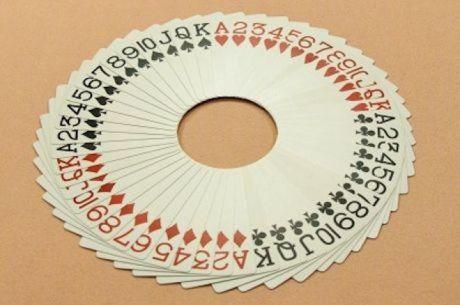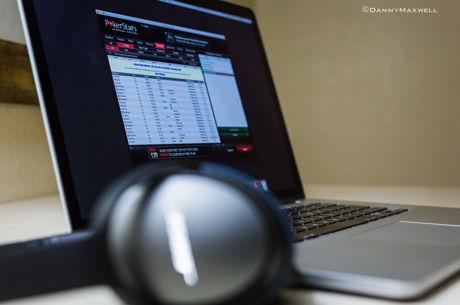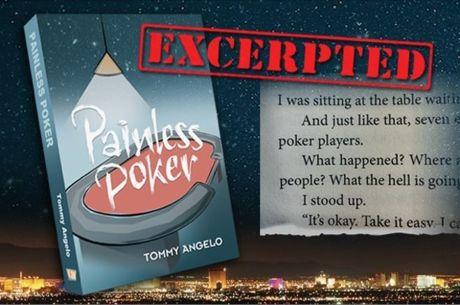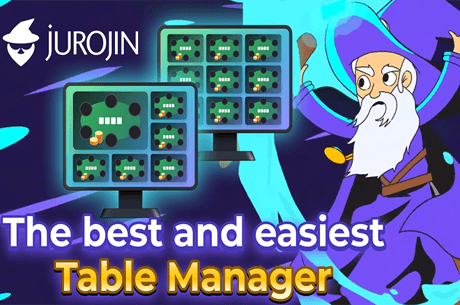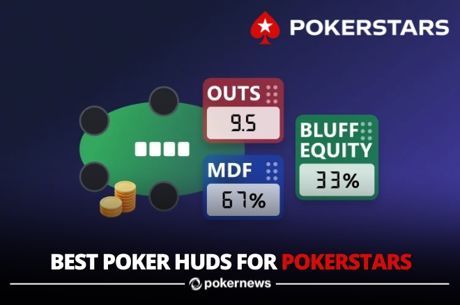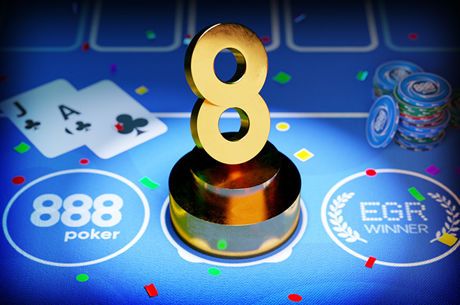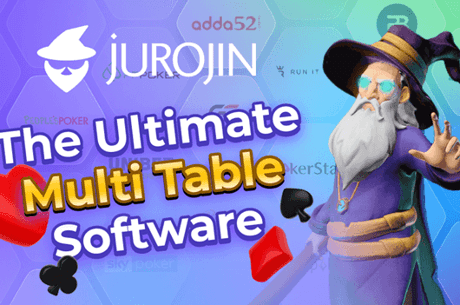What Not to Do: Getting Priced In
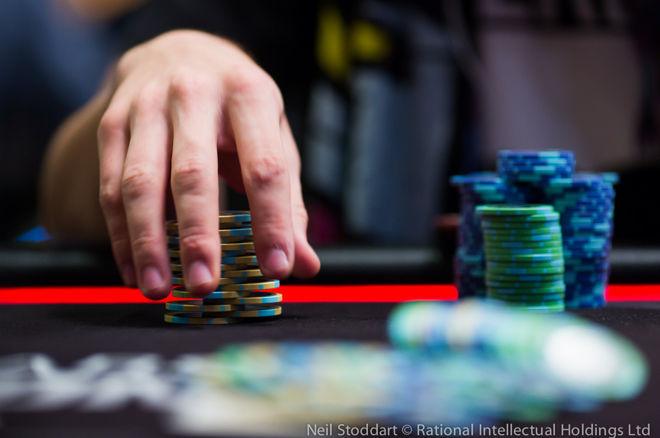
The following is a real hand, played by presumably real people, with unreal cards, on an imaginary table.
Experience in no-limit hold'em teaches us many lessons over and over again. One prevailing, recurring, inescapable lesson is that size matters. You can take a reasonable line, but if you size your bets and raises poorly, that otherwise good course of actions can land you in hot water. Let's see how.
Defending the Big Blind with Vigor
The game was 100NL 6-max. Zoom, and it all began with a regular raising to $3 from under the gun. Some regulars are opening to the minimum here and most are going somewhere in between 2x and 3x, so a larger raising size might indicate a narrower range of starting hands.
A recreational player in the small blind called. The big blind, playing the shortest stack of $111, decided to defend. The flop fell rather innocuously — 10♣3♣2♠ — and action checked to the initial raiser who continuation bet $6 into the $9 pot.
Given that player's range and the dryness of the board, this c-bet is a bit large — usually $4 would get everything done that $6 could. But maybe the initial raiser has a hand that wants to target loose calls from the small blind and is deviating from a balanced bet size.
In any case, that potential target (the small blind) ducked out of the way. The big blind, meanwhile, decided to check-raise to a whopping $22.
Bigger Is Not Always Better
Bluffs can be believed or disbelieved. If they are disbelieved, it doesn't matter how wide the range being represented. When they are believed, it doesn't matter how narrow.
Similarly a bluff of a certain size might be believed where the exact same bluff for a different size might not. Now ask yourself, if the big blind had a set in this spot, what raise size would the player choose? Bigger than $18? Probably not.
Such was probably the suspicion of the initial raiser (as we shall see). The UTG player called the raise, maintaining positional advantage.
Turn Inflection
The turn card was the J♠, making the board 10♣3♣2♠J♠. That meant two flush draws out there and a myriad of draws. The big blind showed no interest in slowing down, betting $32 with only $54 behind.
Now let's peek under the initial raiser's cards — he held Q♣Q♦. If the UTG player believed the big blind would check-raise smaller on the flop with a set and would not make this flop play with Jx10x, then apart from an unlikely JxJx in the big blind's hand, the UTG player with queens has the best hand here and now on the turn.
If he thinks the big blind won't ever bluff on the river when he misses, UTG has the option of shutting out equity now. After all, 5x4x has a small claim on this pot (eight outs' worth), but it can't so easily call a turn shove. Were Q♣Q♦ just to call now and pay off a river six, fold an ace, and check down the winner on all other cards, it might as well shove now and win the whole pot.
That's how the logic ran for the initial raiser here, who was confident he had the best hand and not so confident things would get better on the river, and so raised all in.
An Ugly Price
The big blind faced a shove for $54 more to win a total pot of $223 after rake. That means he needed better than 24 percent equity to call it off. With 5♦4♦ he'd have less, but the big blind didn't hold that hand — he held 4♠3♠. That made 31 percent equity, winning on any spade, or any three or four.
In other words, against the exact hand he faced he was priced in. He called.
But will that always be so?
Even against Jx10x in this spot, he is making a mistake to call. The same goes for sets, and also for 10♠9♠. In this exact instance, the big blind priced himself in given his flop and turn sizes, but had he played his hand like a set, he wouldn't have. Moreover, he could have played the river.
Maybe 4♠3♠ would be better suited check-calling the flop to check-raise a turn such as this. But in any case, had he check-raised to $16 and bet the turn, he still could have been shoved on, but our initial raiser would have had to risk more to win less.
Fifth street was the A♦, a river that completed 5x4x. Had the big blind made it to this river with money behind, maybe he could have gotten a fold from two queens. And if he had hit a 4x or a 3x, he probably would have been paid.
There are a lot of ways to play this hand, all with merits, but bet and raise sizing needs to complement those merits. But the big blind's sizing escalated matters, his opponent assessed his likely range well, and he punished him for it.

